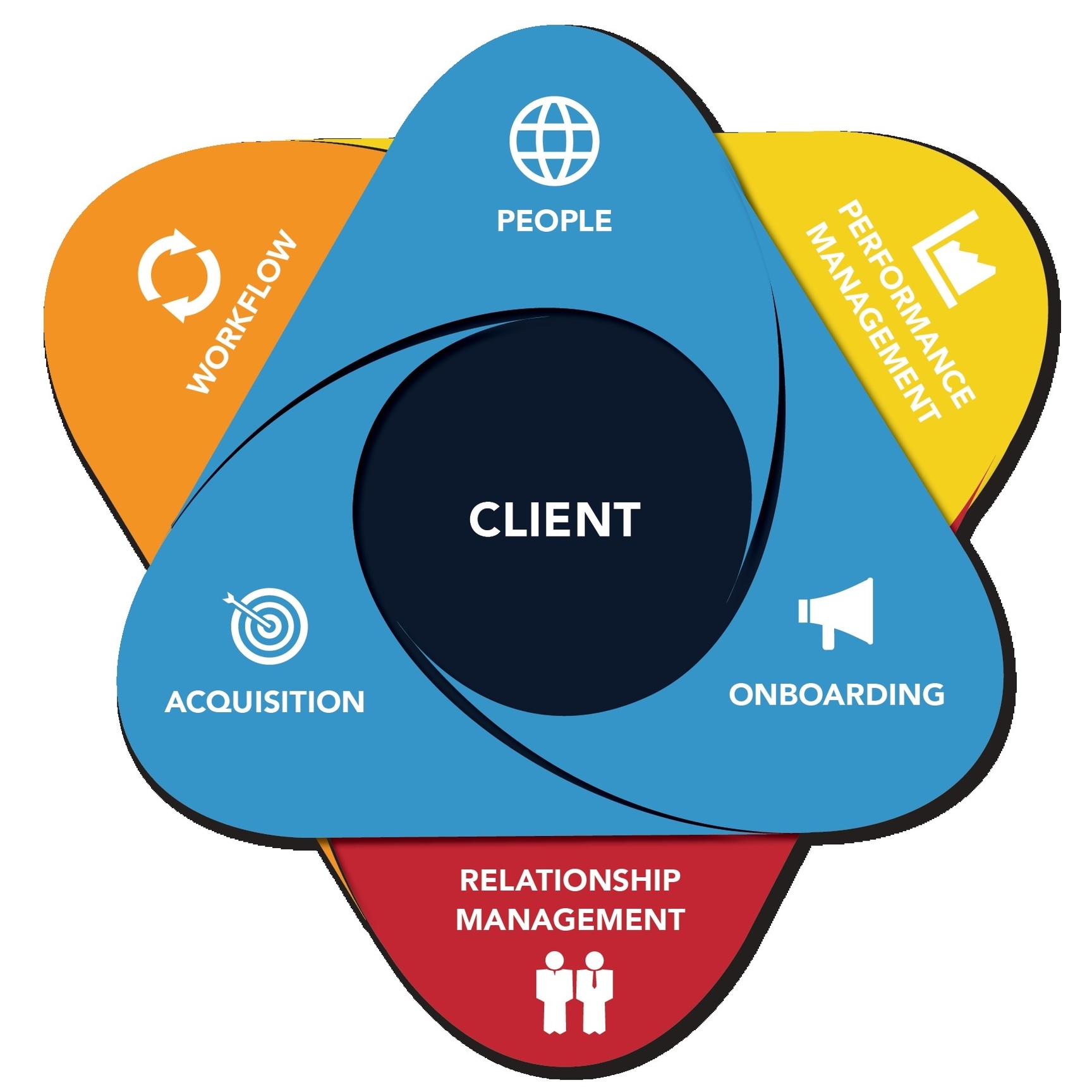
A client service model is a framework that guides how a business or organization provides services to its clients. It defines the processes, standards, and expectations for delivering high-quality and consistent service. There are different types of client service models, depending on the nature and needs of the business and its clients. Some examples are:
– Convenient: This model focuses on providing fast and easy service to clients who value convenience and affordability over personalization or customization.
– One team: This model emphasizes collaboration and communication among all employees who are involved in providing service to clients. Each employee is trained and empowered to handle any client request or issue, without transferring them to another person or department.
– In-depth personalized service: This model aims to create long-term and loyal relationships with clients by offering customized and tailored solutions that meet their specific needs and preferences. This model requires a deep understanding of the client’s goals, challenges, and expectations, and a proactive approach to service delivery.
– Self-service: This model allows clients to access and use the services they need without requiring any human interaction or assistance. This model relies on technology and automation to provide efficient and convenient service to clients who prefer to do things themselves.
To choose and implement a client service model, a business or organization should consider the following steps:
– Identify the target market and the needs and expectations of the clients
– Define the service vision and mission and the core values and principles of the service delivery
– Establish the service standards and performance indicators and the methods for measuring and evaluating the service quality and outcomes
– Design the service processes and procedures and the roles and responsibilities of the service providers
– Train and equip the service providers with the necessary skills and tools to deliver the service effectively and efficiently
– Communicate and promote the service model to the clients and solicit their feedback and suggestions for improvement
– Monitor and review the service delivery and make adjustments and improvements as needed
